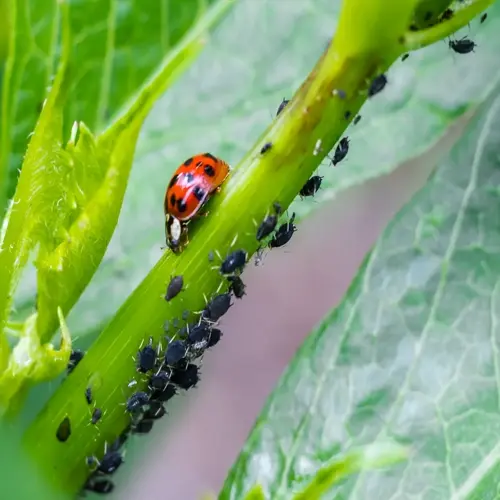Which cover crops work best for poor sandy soils?

Written by
Tina Carter
Reviewed by
Prof. Samuel Fitzgerald, Ph.D.Sandy soils present unique challenges for farmers and gardeners. They drain too quickly and lack vital nutrients. Cover crops convert these tricky spaces into productive land; I have even rejuvenated sandy areas with the right species to both hold the soil and improve fertility naturally as the seasons progress.
Soil Structure Improvement
- Deep-rooted species create stable aggregates that resist wind erosion
- Organic matter additions increase water holding capacity significantly
- Root networks bind loose particles preventing nutrient leaching
Nutrient Management
- Legumes fix atmospheric nitrogen reducing fertilizer requirements
- Deep taproots bring minerals up from subsoil layers
- Biomass decomposition adds vital organic matter slowly
Moisture Conservation
- Ground cover reduces evaporation by 35% in arid conditions
- Root channels increase water infiltration rates substantially
- Living mulch regulates soil temperature extremes effectively
Buckwheat is the *champion of sandy soils*. The rapid growth of buckwheat will cover bare ground in weeks. The fibrous root systems hold loose particles together, creating stable aggregates. I've even witnessed it turn blowing sand into workable soil in one growing season!
Rye offers drought-resistant protection for sandy fields. Its root system is dense and will reach deeper for moisture and nutrients. This grass can weather dry periods that other crowns would falter under. Planted in early fall provides winter soil protection against erosion.
Legumes like hairy vetch contribute natural nitrogen in the soil. They associate with microorganisms to turn nitrogen from the atmosphere into food for plants. Nitrogen stays put in sandy soils. Your new crop uses it slowly and won't leach away.
Begin with buckwheat to achieve rapid results concerning poor sandy soils. Follow with rye to protect the soil during the winter. Your soil structure will improve season after season. You will be able to retain more nutrients, while applying significantly less water over time.
Read the full article: Cover Cropping Benefits for Sustainable Farming

